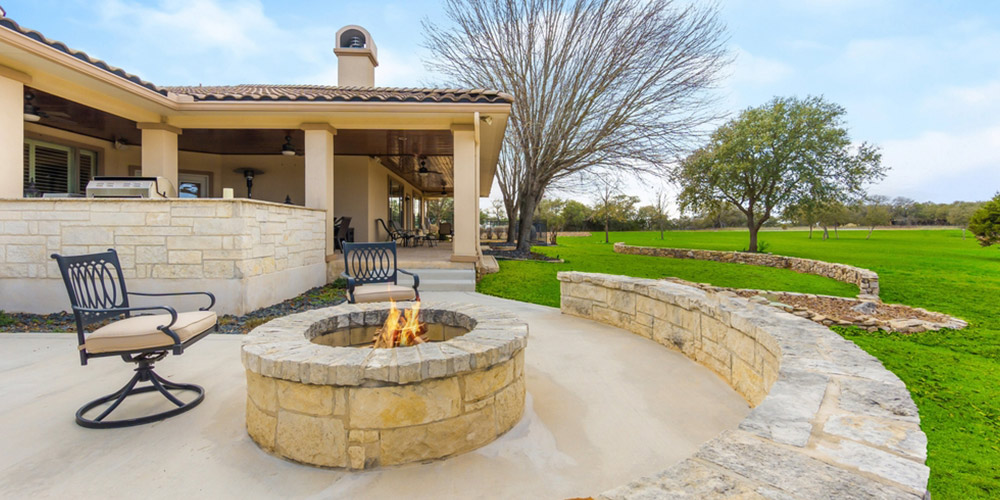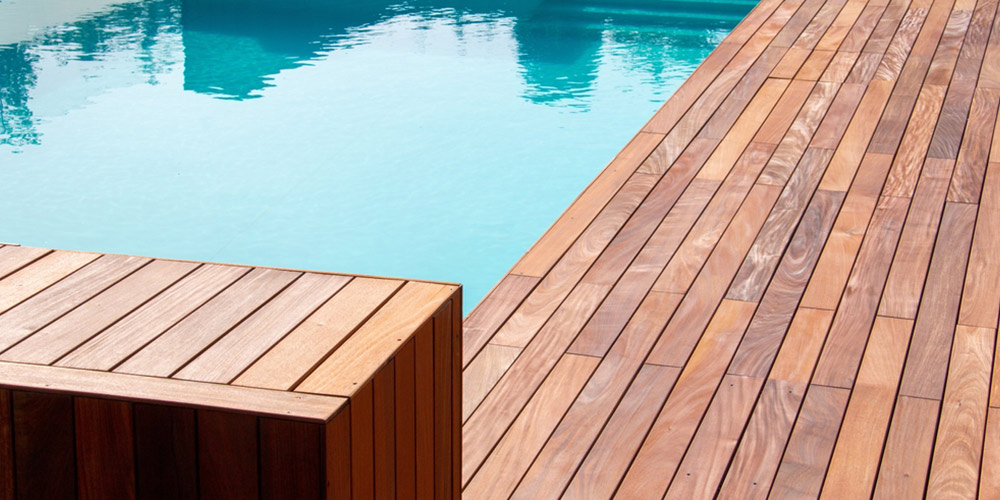Table of Contents
ToggleYour yard has some amazing and as of yet untapped potential. In fact, that’s true of most people’s yards. The true secret is proper planning and execution of hardscaping done hand in hand with general landscaping. Hardscaping done right can have a dramatic effect on your outdoor spaces and is a great option to add long lasting and low maintenance improvements.
What Is Hardscaping?
This is the point where you’re probably wondering what hardscaping refers to.
In the simplest terms, hardscaping refers to the elements of your yard’s design that incorporate inanimate materials.
This includes features such as patios, stone walkways, walls, water features, fire pits, landscape lighting and pergolas.
What Is the Difference Between Hardscaping and Landscaping?
Hardscaping might sound like another word for landscaping when you first start looking into the subject. However, there’s one important distinction between hardscaping and landscaping. Both typically exist side by side within the same area. But hardscaping refers to immobile and inorganic elements of your yard. Landscaping typically refers to mobile, and especially living, elements.
For example, landscaping would encompass any ornamental plants in your yard. While the stone garden surrounding those plants would be considered hardscaping.
The example of gardens and rock gardens helps to demonstrate why hardscaping and landscaping are often discussed at the same time. But when in doubt, put some extra stress on the inorganic element of hardscaping rather than the element of immobility. For example, water features are generally considered hardscaping instead of landscaping despite water’s inherent mobility.
Why Does My Yard Need Hardscaping?
A backyard is enhanced with the inclusion of hardscaping elements due to the multitude of benefits they bring to outdoor living spaces. First and foremost, hardscape features add structure and functionality to the landscape, transforming it from a mere open space into a well-defined, purposeful area.
Patios, for example, provide a solid surface for outdoor furniture, dining sets, and social gatherings, effectively extending the usable living area of a home. Walkways and pathways not only guide people through the garden but also prevent soil erosion and create a clear sense of direction. This improved organization and usability make a backyard more inviting and accessible, encouraging people to spend more time outdoors.
The use of materials like natural stone, brick, or decorative pavers can introduce texture, color, and contrast to the landscape, enhancing its visual appeal.
In addition to these aesthetic advantages, hardscape elements also reduce maintenance requirements compared to grassy lawns, leading to lower upkeep costs and freeing up more leisure time for homeowners. All these factors combined make hardscaping a valuable investment that can significantly elevate the functionality, aesthetics, and overall appeal of a backyard.
Types of Hardscaping
There’s a wide variety of hardscaping projects out there. But in general, they fall under a few main subcategories.
Patios

Patios are versatile outdoor living spaces typically constructed with materials like concrete, pavers, brick, or stone. They serve as areas for seating, dining, and entertaining.
Walkways and Pathways

Walkways and pathways create functional routes through a landscape. They can be made from materials such as gravel, flagstone, concrete, or pavers.
Retaining Walls

Retaining walls are essential for controlling erosion, creating terraced areas, and defining different levels in a landscape. They can be constructed using concrete blocks, stone, or other materials.
Fences and Walls

Fences and walls offer privacy, security, and visual boundaries in a landscape. But walls can actually be part of your furniture. So don’t forget to consider this element of hardscaping when laying out your backyard settings. Lower sitting walls can function as both a barrier and a place to sit.
Outdoor Fireplaces and Fire Pits

These hardscape features add warmth and ambiance to outdoor spaces, making them suitable for relaxation and social gatherings. They can be constructed using various materials.
Water Features

Water features like fountains, ponds, and waterfalls introduce soothing sounds and aesthetic appeal to a landscape. They are typically made from stone, concrete, or other durable materials.
Decks

Decks are elevated outdoor platforms often constructed from wood or composite materials. They provide elevated seating and entertainment areas with a view of the surrounding landscape.
Design Considerations
However, for all the enticing possibilities there are a few points about hardscaping that you’ll always need to keep in mind. One of the most important points, which branches into most of the others, is that hardscaping is hard work. That’s not to say that gardening or the like is easy. But think about just how much more the average inorganic element of your yard weighs when compared to the organic. Positioning a plant and a rock of the same size poses very different challenges.
The amount of time and effort needed for hardscaping means that it’s best to schedule it for moderate weather. Try not to start your projects during rainy seasons, winter, or the harshest days of summer. It’s best to schedule hardscaping for weather that will let you do some heavy yard work in relative comfort.
You should also keep your own limitations in mind. You don’t want to let backbreaking labor be too literal. Instead, consider what you can safely handle and delegate accordingly. You can hire people to perform the hardscaping, use heavy equipment, and generally make the process even more efficient.

Maintenance and Upkeep Tips
The earlier advice about hiring people to offer help when needed extends to most elements of hardscaping. There’s always going to be a temptation to buy rather than rent. But many elements of hardscaping only need to be performed at infrequent intervals such as pressure washing. You can typically save money by only renting equipment or services when needed rather than buying. And you should maintain your hardscaping on a regular basis rather than assuming you’ll need to replace it.
Additionally, put the bulk of your effort into the planning rather than the implementation stage. This once again comes down to the amount of labor involved. Think about the common problem of needing to move your couch again after everything’s been laid down after a move. Hardscaping presents similar problems, but with the effort multiplied many times over. So put a lot of thought into your planning and really try to visualize what you’re aiming for. Try to create sketches if possible. And share those plans as fully as you can with anyone you’re hiring to help implement them.
Hardscaping, Your Yard, and Your Future
It’s true that there’s a lot to keep in mind when thinking about hardscaping. But remember, it all begins with a solid plan. Start out by considering how all of the previous points might improve your own yard. Then sketch out some rough ideas. Before you know it you’ll have a solid plan for a newly perfected version of your yard. We help homeowners get the pools and backyards of their dreams, talk to one of our loan consultants to check on how much you can borrow to get the backyard you always wanted. Our consultations are free of charge and are no obligation, best yet they will not hurt your credit score!











